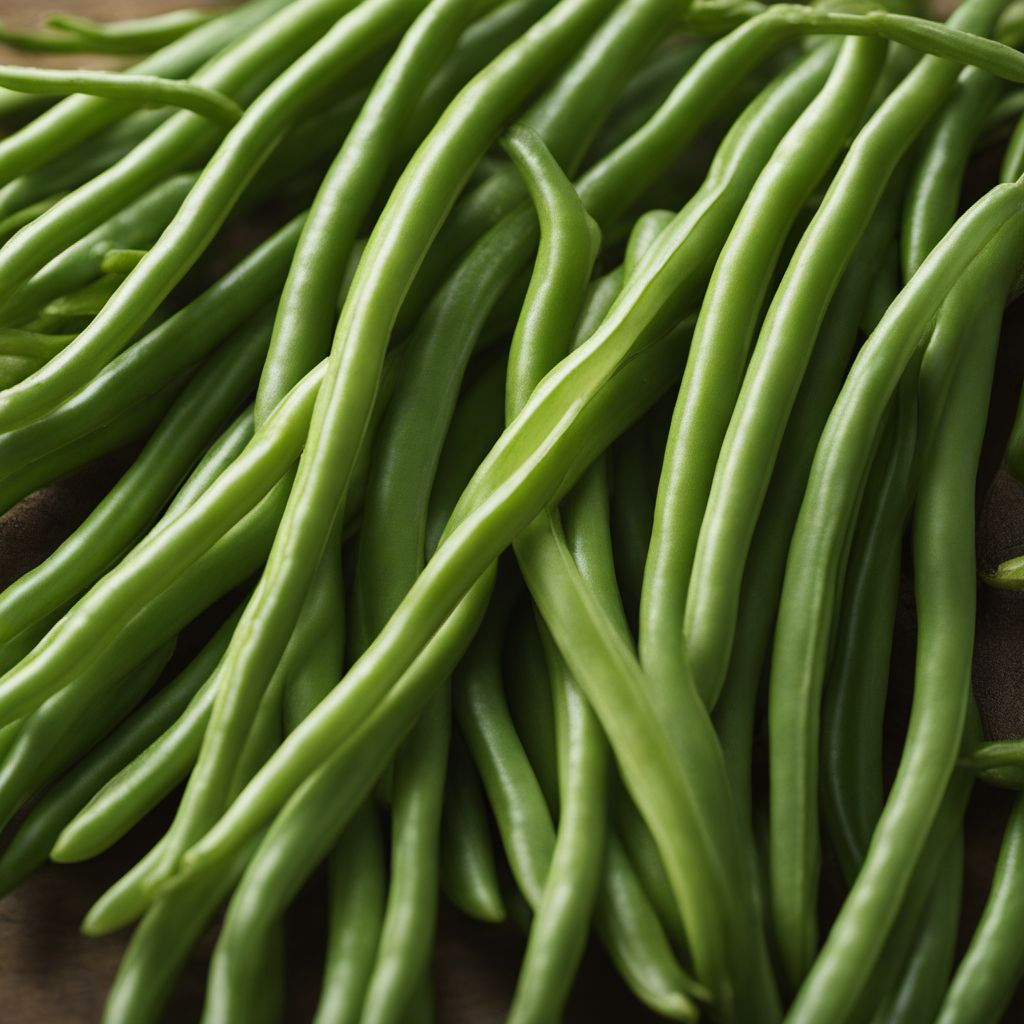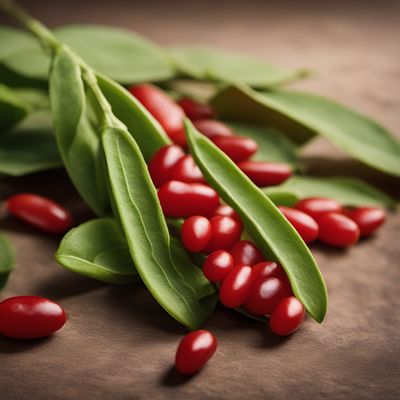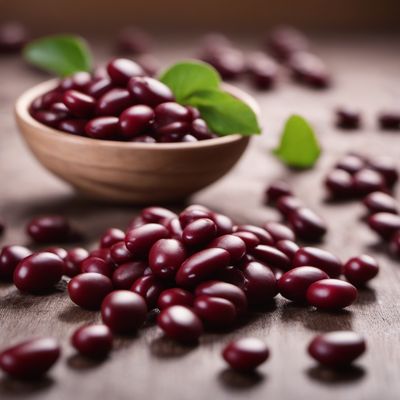
Ingredient
Yardlong beans (without pods)
The Versatile Legume
Yardlong beans are long, slender beans that can grow up to a yard in length, hence their name. They have a crisp texture and a slightly sweet, nutty flavor. The beans are typically harvested before they fully mature, resulting in a tender and edible pod. Yardlong beans are commonly used in Asian cuisines, particularly in stir-fries, salads, and soups. They add a refreshing crunch and a subtle sweetness to dishes.
Origins and history
Yardlong beans are believed to have originated in Southeast Asia, specifically in the region that includes present-day Thailand, Myanmar, and Vietnam. They have been cultivated in Asia for centuries and are a staple in many Asian cuisines. Yardlong beans are also grown in other parts of the world with suitable climates, including Africa, the Caribbean, and the southern United States. They are highly valued for their versatility and nutritional benefits.
Nutritional information
Yardlong beans are low in calories and fat, making them a healthy addition to meals. They are a good source of dietary fiber, vitamin C, and folate. Yardlong beans also contain various minerals, including potassium and iron. Their high fiber content promotes digestive health and helps maintain a healthy weight.
How to select
When selecting yardlong beans, look for ones that are firm, crisp, and free from blemishes or discoloration. The beans should be vibrant green in color and have a smooth surface. Avoid beans that are wilted or have visible signs of damage. Additionally, choose beans that are of medium size, as very large beans may be tough and fibrous.
Storage recommendations
To maintain the freshness of yardlong beans, store them in a perforated plastic bag or airtight container in the refrigerator. They can be kept for up to a week. Before using, rinse the beans thoroughly under cold water and trim the ends if necessary.
How to produce
Yardlong beans can be easily grown in home gardens or containers. Plant the seeds in well-draining soil and provide them with ample sunlight. Water the plants regularly, ensuring that the soil remains moist but not waterlogged. The beans can be harvested when they reach a length of 12 to 18 inches, depending on personal preference.
Preparation tips
Yardlong beans can be used in a variety of dishes and cooking methods. They are commonly stir-fried with garlic, ginger, and soy sauce to create a simple and flavorful side dish. Yardlong beans can also be blanched and added to salads or used in soups and stews. Their crisp texture makes them a great addition to spring rolls or vegetable tempura. Additionally, yardlong beans can be pickled or fermented for a tangy and crunchy condiment.
Substitutions
Green beans or snap peas can be used as substitutes for yardlong beans, as they share a similar crisp texture and mild flavor. However, the length and appearance of the dish may differ. Alternatively, asparagus can be used to add a similar crunch and nutty flavor to recipes.
Culinary uses
Yardlong beans are widely used in Asian cuisines, particularly in Chinese, Thai, and Vietnamese dishes. They are commonly stir-fried with other vegetables, added to curries, or used in noodle dishes. Yardlong beans are also a popular ingredient in Indonesian and Filipino cuisine. Their versatility allows them to be incorporated into various dishes, providing a unique texture and flavor.
Availability
Yardlong beans are commonly available in Asian grocery stores and specialty markets. They can also be found in some supermarkets, particularly those with a diverse selection of produce. In regions where yardlong beans are grown, such as parts of Africa and the southern United States, they may be available at local farmers markets.
More ingredients from this category » Browse all

Black eyed peas (without pods)
The Versatile Legume: Black Eyed Peas

Tepary bean (fresh seeds)
The Resilient Legume

Ervils (without pods)
Delicate Green Gems

Mung beans (without pods)
The Mighty Mung: Unlocking the Power of Mung Beans

Runner beans (without pods)
The Vibrant Green Delight: Unveiling the World of Runner Beans

Stink beans (without pods)
The Pungent Delicacy: Stink Beans Unleashed

Azuki beans (without pods)
The Versatile Azuki Beans

Rice beans (without pods)
The Versatile Rice Bean

Mat bean (fresh seeds)
The Mighty Mat Bean: A Nutritional Powerhouse

Black gram (fresh seeds)
The Nutritional Powerhouse: Fresh Black Gram Seeds

Vetches (without pods)
The Versatile Vetch

Soyabeans (without pods)
The Mighty Bean: Unleashing the Power of Soyabeans